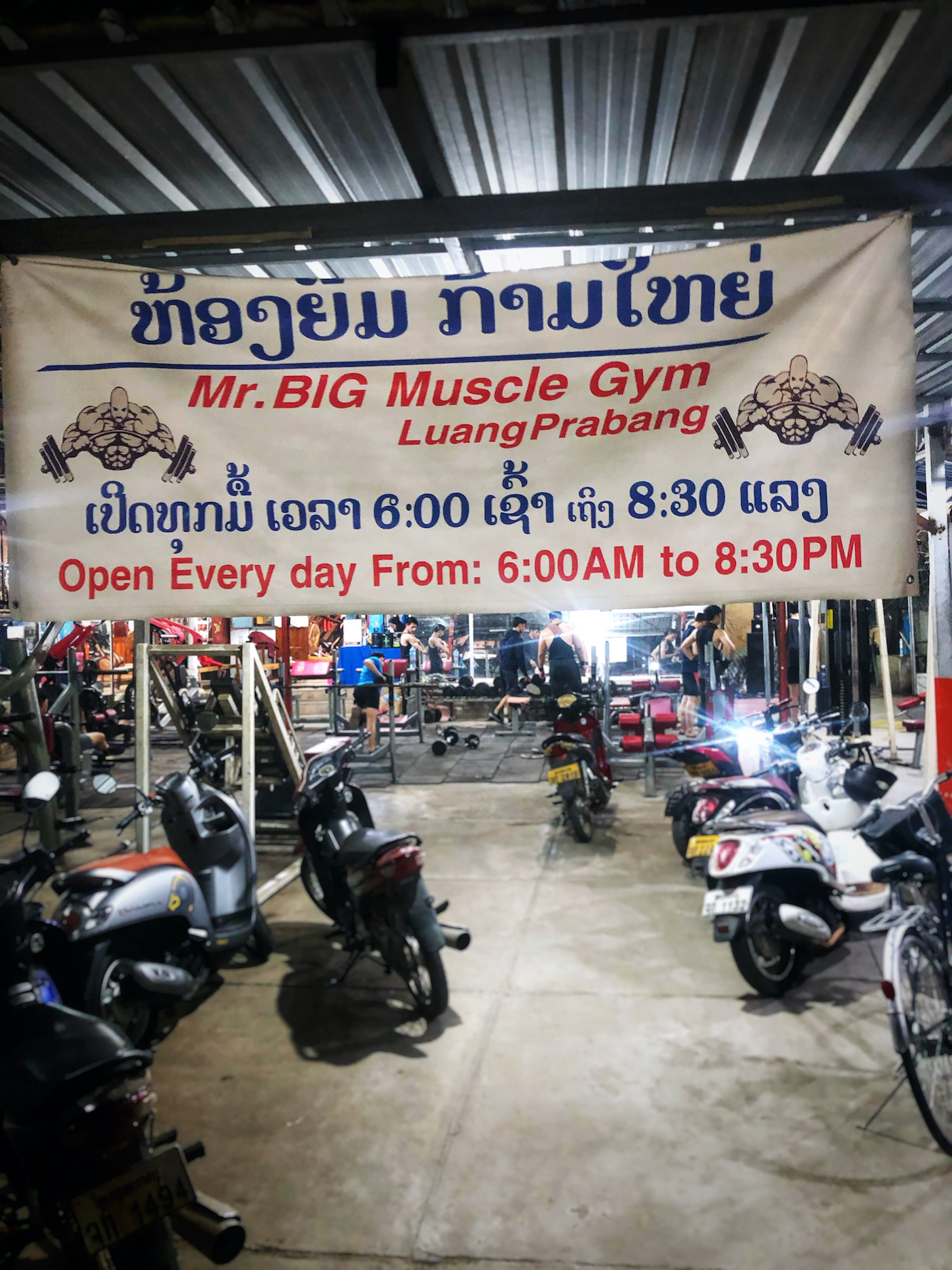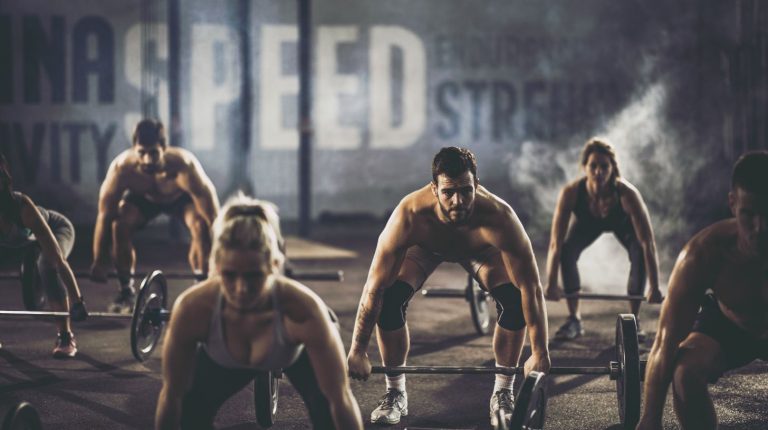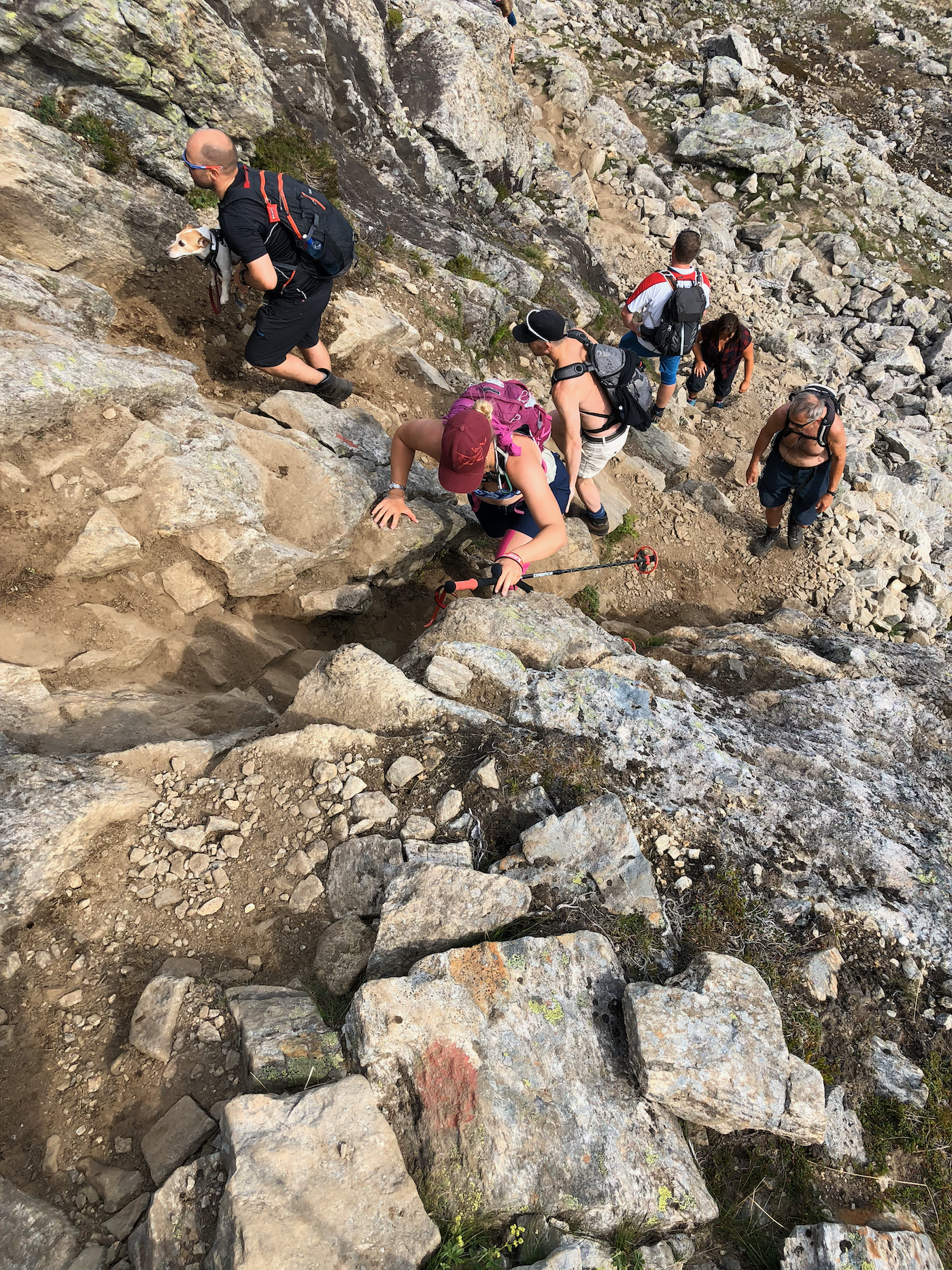Build a Strong Foundation: Essential Strength Training for Runners
Table of Contents
The Importance of Strength Training for Runners
As a runner, strength training should be an essential part of your training regimen. Incorporating strength exercises into your routine can significantly benefit your running performance and overall fitness. By understanding the benefits and dispelling common myths surrounding strength training, you can build a strong foundation for your running journey.
Understanding the Benefits
Strength training offers a wide range of benefits for runners. Here are a few key advantages:
- Improved Running Performance: Strength training helps to enhance your muscular strength, power, and endurance. By strengthening the muscles used while running, you can increase your speed, efficiency, and endurance, leading to improved performance on the track or trail.
- Injury Prevention: Running can put stress on your joints and muscles, increasing the risk of injuries. By incorporating strength exercises into your routine, you can develop stronger muscles, tendons, and ligaments, which can help to reduce the risk of common running injuries.
- Increased Metabolic Rate: Strength training helps to build lean muscle mass, which has a higher metabolic rate compared to fat. This means that even at rest, your body will burn more calories, supporting weight management and overall fitness.
- Improved Running Economy: Strength training can improve your running economy, which refers to the amount of energy you require to maintain a given pace. By strengthening your muscles, you can optimize your running form, reduce unnecessary movements, and become more efficient in your stride.
Addressing Common Myths
There are a few common myths surrounding strength training for runners that need to be addressed:
- Myth: Strength training will make you bulk up and slow you down. This is not the case. Strength training for runners focuses on building lean muscle mass and improving muscular endurance, rather than bulking up. By incorporating the right exercises and training methods, you can develop a lean and strong physique that enhances your running performance.
- Myth: Strength training is not necessary for long-distance runners. On the contrary, strength training is equally important for long-distance runners. It helps to improve running economy, prevent injuries, and maintain overall body strength and stability, which is essential for endurance running.
- Myth: Strength training will make you tired and compromise your running workouts. When done correctly, strength training complements your running workouts without causing excessive fatigue. By properly scheduling your strength training sessions and allowing for adequate recovery, you can reap the benefits of both strength training and running.
By understanding the benefits and dispelling these common myths, you can confidently incorporate strength training into your running routine. Remember to focus on exercises that target the specific muscles used in running, such as those mentioned in our article on strength exercises for runners. To achieve a well-rounded fitness routine, consider incorporating other forms of cross-training, like core exercises and speed training, to enhance your overall performance. With a comprehensive approach to your training, you’ll build a strong foundation that supports your running goals.
Essential Strength Training Exercises for Runners
To build a strong foundation and enhance your running performance, incorporating essential strength training exercises into your routine is key. These exercises target the major muscle groups involved in running, helping to improve strength, stability, and overall endurance. Here are three essential strength training exercises for runners that you should consider integrating into your training:
Squats
Squats are an excellent compound exercise that engages multiple muscle groups, including the quadriceps, hamstrings, glutes, and core. They not only help to build lower body strength but also enhance stability and balance, which are crucial for efficient running form.
To perform a squat:
- Stand with your feet shoulder-width apart, toes pointing slightly outward.
- Engage your core and keep your chest lifted.
- Begin the movement by bending your knees and pushing your hips back as if you’re sitting into a chair.
- Lower your body until your thighs are parallel to the ground, ensuring that your knees stay in line with your toes.
- Push through your heels to return to the starting position.
Start with bodyweight squats and gradually progress to weighted squats using dumbbells or a barbell. Aim for 2-3 sets of 10-15 repetitions.
Lunges
Lunges are another effective exercise for runners, targeting the quadriceps, hamstrings, glutes, and hip stabilizer muscles. They help to improve leg strength, balance, and single-leg stability, which are essential for maintaining proper form during running.
To perform lunges:
- Stand with your feet hip-width apart, hands on your hips, or by your sides.
- Take a step forward with your right foot, lowering your body until your right thigh is parallel to the ground, and your right shin is perpendicular to the ground.
- Keep your chest lifted, core engaged, and ensure that your front knee stays in line with your toes.
- Push through your right heel to return to the starting position.
- Repeat on the other side, alternating legs for each repetition.
Start with bodyweight lunges and gradually progress to weighted lunges using dumbbells or a barbell. Aim for 2-3 sets of 10-12 repetitions on each leg.
Deadlifts
Deadlifts are a compound exercise that primarily targets the posterior chain muscles, including the glutes, hamstrings, and lower back. They help to improve hip and hamstring strength, which are essential for generating power and maintaining proper running posture.
To perform deadlifts:
- Stand with your feet hip-width apart, toes pointing forward.
- Position the barbell in front of you, slightly touching your shins.
- Bend at the hips, keeping your back straight and chest lifted, and grip the barbell with an overhand or mixed grip.
- Engage your core, push through your heels, and lift the barbell by extending your hips and knees.
- Keep the barbell close to your body as you stand up, maintaining a neutral spine.
- Lower the barbell back down by bending at the hips and knees, ensuring proper form throughout the movement.
If you’re new to deadlifts, start with lighter weights or use a kettlebell or dumbbells. Aim for 2-3 sets of 8-10 repetitions.
Incorporating these essential strength training exercises into your routine will help you develop the necessary strength and stability to complement your running. Remember to focus on proper form and technique to maximize the benefits of each exercise. For more information on strength training for runners and other related topics, check out our articles on cross-training for runners and strength exercises for runners.
Core Strengthening for Runners
As a runner, core strength plays a crucial role in your overall performance and injury prevention. A strong core helps maintain stability and proper posture, allowing you to maintain efficient running form. In this section, we will explore three essential core strengthening exercises for runners: planks, Russian twists, and mountain climbers.
Planks
Planks are a fantastic exercise for developing core strength and stability. They target the deep abdominal muscles, including the transverse abdominis and the obliques. To perform a plank:
- Start by assuming a push-up position, with your hands directly under your shoulders and your toes on the ground.
- Engage your core muscles by drawing your belly button toward your spine.
- Keep your body in a straight line from your head to your heels, avoiding sagging or lifting your hips.
- Hold the position for a specified time, gradually increasing the duration as your strength improves.
Planks can be modified to suit your fitness level. Beginners can start with a forearm plank, resting on their forearms instead of their hands. For a challenge, you can try side planks or incorporate dynamic movements like plank jacks. Remember to maintain proper form and alignment throughout the exercise. For more core exercises specifically tailored for runners, check out our article on core exercises for runners.
Russian Twists
Russian twists target the obliques and the deep core muscles, enhancing rotational stability. To perform Russian twists:
- Sit on the ground with your knees bent and your feet flat on the floor.
- Lean back slightly, maintaining a straight posture and engaging your core.
- Lift your feet off the ground, balancing on your sit bones.
- Holding a weight or medicine ball, twist your torso from side to side, gently touching the weight to the ground on each side.
- Maintain control throughout the movement and avoid straining your neck.
Russian twists can be modified by adjusting the weight or intensity. To increase the challenge, you can lift your feet higher off the ground or perform the exercise on an unstable surface, like a stability ball. It’s important to start with a weight that allows you to maintain proper form and gradually progress as your core strength improves. For a well-rounded strength training program for runners, take a look at our article on strength training program for runners.
Mountain Climbers
Mountain climbers are a dynamic exercise that targets the core, shoulders, and hip flexors. They also provide a cardiovascular challenge, making them a great addition to your running routine. To perform mountain climbers:
- Start in a high plank position, with your hands directly under your shoulders and your body in a straight line.
- Engage your core and quickly alternate bringing your knees into your chest, as if you’re running in place.
- Maintain a steady and controlled pace, focusing on maintaining proper form and engaging your core throughout the movement.
Mountain climbers can be modified to suit your fitness level. Beginners can perform the exercise at a slower pace, focusing on proper form and stability. As you become more comfortable, you can increase the speed and intensity. Mountain climbers are a dynamic exercise that complements your running routine and helps improve overall strength and endurance. For more information on speed training for runners, check out our article on speed training for runners.
By incorporating exercises like planks, Russian twists, and mountain climbers into your training regimen, you can develop a strong and stable core that supports your running performance. Remember to consult with a fitness professional if you have any specific concerns or limitations. Strengthening your core is just one piece of the puzzle—don’t forget to include other important elements like cross-training and strength exercises in your routine for a well-rounded approach to running and fitness.
Upper Body Strength for Runners
As a runner, focusing on upper body strength is just as important as strengthening your lower body. A strong upper body can improve your running form, enhance your overall performance, and help prevent injuries. Incorporating exercises that target the muscles of your upper body can provide a well-rounded strength training routine. Here are three essential exercises to consider:
Push-ups
Push-ups are a classic exercise that engages multiple muscle groups, including the chest, shoulders, triceps, and core. This exercise not only strengthens your upper body but also helps to stabilize your torso while running. To perform a push-up:
- Start in a high plank position, with your hands slightly wider than shoulder-width apart and your body in a straight line from head to toe.
- Lower your body by bending your elbows until your chest almost touches the ground.
- Push through your palms to extend your arms and return to the starting position.
To challenge yourself, you can modify push-ups by performing them on an incline or decline surface. This allows you to adjust the intensity based on your fitness level. Aim to gradually increase the number of push-ups you can do in each set over time.
Shoulder Press
The shoulder press is an effective exercise for targeting the deltoid muscles of the shoulders, as well as the triceps. Strong shoulders are essential for maintaining good posture and arm swing while running. Here’s how to perform a shoulder press:
- Stand with your feet shoulder-width apart, holding dumbbells or a barbell at shoulder height, palms facing forward.
- Press the weights upward until your arms are fully extended overhead.
- Slowly lower the weights back down to shoulder level.
If you’re new to this exercise, start with light weights and focus on proper form. Gradually increase the weight as you become more comfortable and stronger. Remember to engage your core and maintain a neutral spine throughout the movement.
Bent-Over Rows
Bent-over rows target the back muscles, specifically the lats and rhomboids, which play a crucial role in maintaining proper posture during running. This exercise also engages the biceps and the muscles of the upper back. Follow these steps to perform bent-over rows:
- Stand with your feet shoulder-width apart, holding dumbbells or a barbell in front of your thighs.
- Hinge forward at the hips, keeping your back straight and core engaged. Your upper body should be almost parallel to the ground.
- Pull the weights up toward your torso, squeezing your shoulder blades together.
- Slowly lower the weights back down to the starting position.
Maintaining proper form is key during bent-over rows to avoid straining your lower back. Start with lighter weights and gradually increase the resistance as you gain strength and confidence.
By incorporating these upper body exercises into your strength training routine, you can improve your overall running performance and reduce the risk of imbalances or injuries. Remember to prioritize proper form and technique to maximize the benefits of these exercises. For more information on strength training for runners, check out our article on strength exercises for runners.
Incorporating Strength Training into Your Running Routine
To build a strong foundation and enhance your running performance, it’s important to incorporate strength training into your routine. By targeting specific muscle groups and improving overall strength, you can improve your running form, prevent injuries, and boost your endurance. Here are some key considerations for incorporating strength training into your running routine:
Frequency and Duration
When it comes to strength training for runners, consistency is key. Aim to perform strength training exercises 2 to 3 times per week. This frequency allows for sufficient recovery between sessions while still providing the stimulus needed for muscle growth and development. Remember to allow at least one day of rest between strength training sessions to give your muscles time to recover and adapt. For more information on cross-training for runners, check out our article on cross-training for runners.
The duration of your strength training sessions will depend on your experience level and the specific exercises you choose. A typical strength training session for runners can range from 30 to 45 minutes. Focus on performing each exercise with proper form and technique, rather than rushing through the routine.
Proper Form and Technique
To maximize the benefits of your strength training exercises and minimize the risk of injury, it’s crucial to prioritize proper form and technique. Before adding weights or increasing resistance, ensure that you have mastered the correct form for each exercise. This will help target the intended muscles and reduce the strain on other areas.
If you’re new to strength training, consider working with a qualified fitness professional who can guide you through the proper techniques and provide feedback on your form. You can also refer to our article on strength exercises for runners for detailed instructions and demonstrations of various exercises.
Progression and Variation
As your strength improves, it’s essential to progressively challenge your muscles. Gradually increase the intensity of your strength training exercises by adding more weight, increasing repetitions, or incorporating advanced variations. This progressive overload stimulates muscle growth and helps you continue to make gains in strength.
Additionally, incorporating variation into your strength training routine can prevent plateaus and keep your workouts interesting. Try different exercises that target the same muscle groups or modify the angles and grips to engage the muscles in different ways. For ideas on core exercises specifically designed for runners, check out our article on core exercises for runners.
By incorporating strength training into your running routine and following these guidelines for frequency, proper form, and progression, you can build a solid foundation of strength that complements your running performance. Remember that strength training is just one aspect of a well-rounded training program. It’s important to also focus on other areas such as speed training, endurance, and recovery. For more information on creating a comprehensive strength training program tailored for runners, take a look at our article on strength training program for runners.








